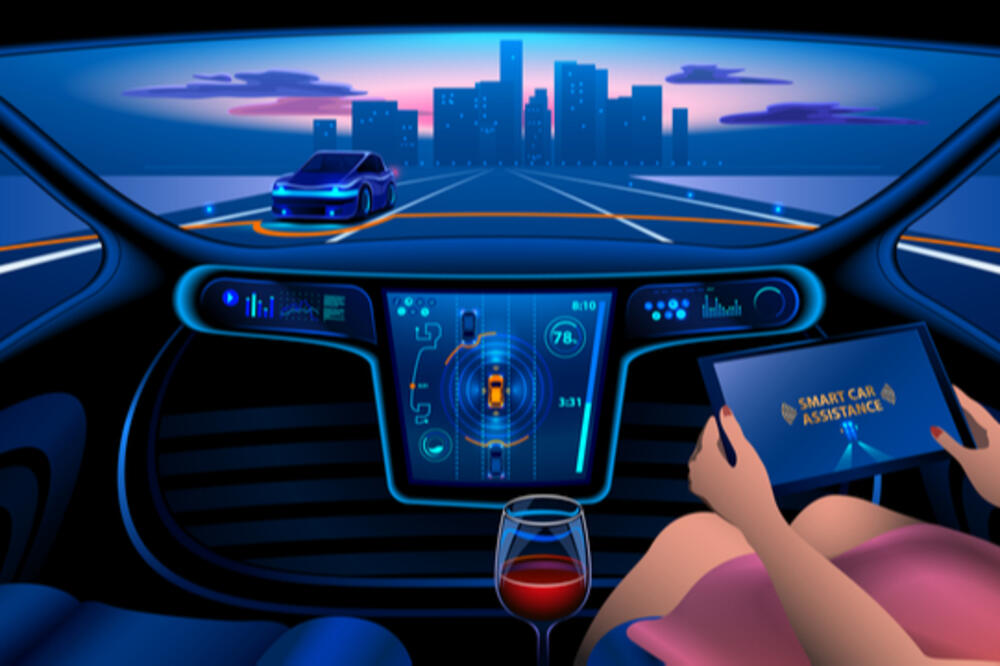Most electronic systems, which take over some of the tasks of driving cars, do not ensure that drivers pay attention to what those systems are doing and do not give strong enough warnings or take other actions to force drivers to react when needed - the US insurance industry announced today.
Only one of 14 partially automated car control systems tested by the Insurance Institute for Highway Safety (IIHS) performed well enough to earn a modest "Acceptable" rating. Two systems were rated as "marginal" and the rest as "poor". No system received a "good" rating.
"Most systems don't have adequate protection to prevent drivers from being distracted from what the car is doing on the road," IIHS President David Harkey said.
The institute came up with the ratings to force automakers to follow standards, including how closely systems monitor drivers and how quickly those car systems issue warnings if drivers aren't paying attention.
The analyzed 14 systems are among the most sophisticated on the market - said Harki.
Only one of the systems - "Teammate" for "Lexus LS" - received an "acceptable" rating. General Motors' Super Cruise system in the GMC Sierra and Nissan's Pro-Pilot Assist with Navi-Link addition in the Ariia electric vehicle were rated as "marginal."
Other systems of "Nissan", "Tesla", BMW, "Ford", "Genesis", "Mercedes-Benz" and "Volvo" were rated as "bad".
Harki said the driving systems were initially combinations of safety features such as automatic emergency braking, lane departure warnings, lane keeping and blind spot detection in the driver's field of vision. But these systems now give drivers the opportunity to not pay attention to the movement of their car for a while, which increases the risks - he said in an interview.
"That's why it's important to ensure that the driver is still focused on the movement of his vehicle" - said Harki.
Some automakers, he said, sell systems that make drivers believe they are fully autonomous, but "we don't want drivers to misconstrue what these things can and can't do," he added.
Those systems, the IIHS says, should be able to detect whether the driver's head or eyes are on the road and whether their hands are on the wheel or at least nearby, ready to grab it if necessary.
The institute also said that if the system "cannot see" the driver's eyes on the road or if the hands are not ready to steer, there should be audible and visual warnings within 10 seconds, and then, before the 20 seconds are up, the system should to add a third warning or to initiate an emergency procedure to slow down the vehicle - the Institute announced.
Car manufacturers should also ensure that at least the seat belts and automatic emergency braking systems are active before the self-driving system can be used at all.
None of the 14 systems tested met all driver monitoring requirements, but Ford's came close, the IIHS said.
Lexus' Teammate and GM's Super Cruise met the driver warning requirement, while Nissan's and Tesla's systems "came close."
Only "Genesis" - the luxury brand of "Hyundai", announced that it is working rapidly on improving its system by adding a camera that will follow the driver, while other manufacturers reacted differently to the testing of their systems, and some disputed the bad ratings they received.
Bonus video:




